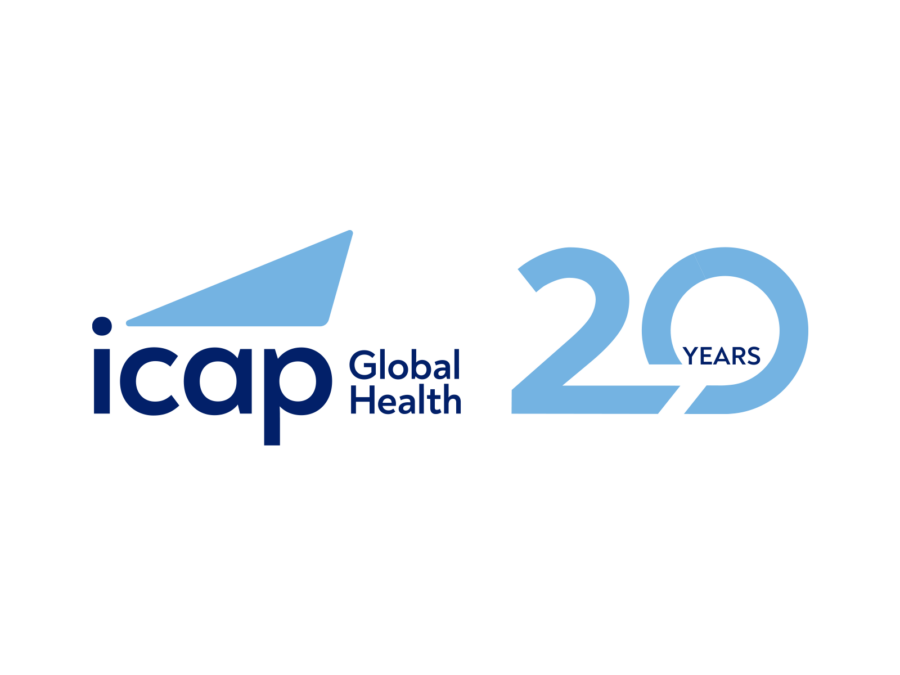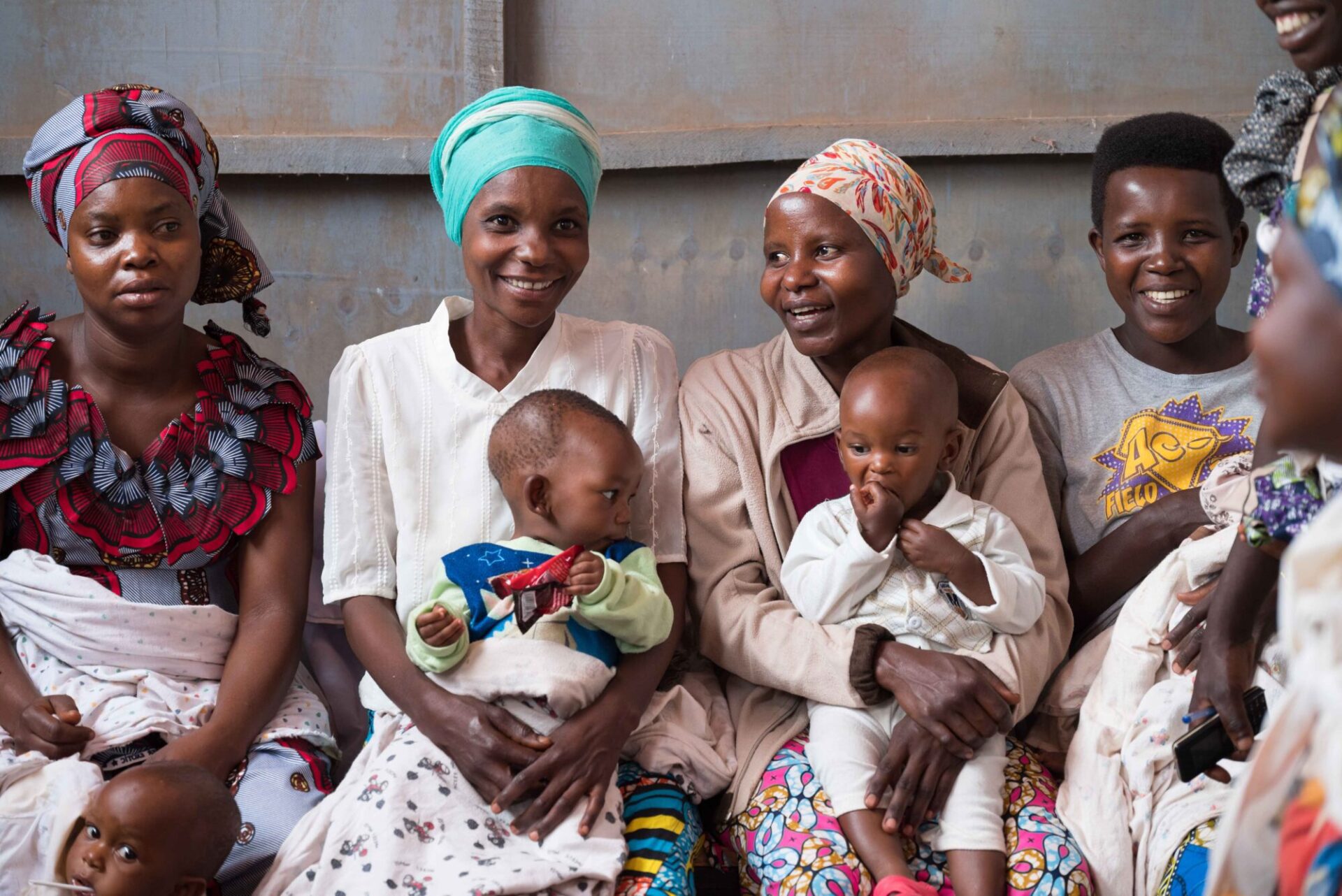How can a large public health survey in sub-Saharan Africa collect blood samples efficiently? Is it possible to perform sophisticated lab tests in people’s homes? What is the best way to transport samples collected from remote locations? The Population-based HIVImpact Assessment (PHIA) Project, which relies on laboratory testing of blood samples as a core component, is providing answers to these questions. Led by ICAP at Columbia University, the PHIA surveys will assess the HIV epidemic in 13 select countries located primarily in sub-Saharan Africa. Fieldwork is nearly complete in three countries, with ten more national surveys to follow over the next two to three years. The surveys depend on well-trained staff and sufficient laboratory infrastructure to collect, test, and transport blood from individuals in approximately 15,000 households in each country.
Conducted in partnership with ministries of health and the Centers for Disease Control and Prevention (CDC), with support from the U.S. President’s Emergency Plan for AIDSRelief (PEPFAR), the PHIA Project draws on the expertise of ICAP and its partners for all aspects of its laboratory activities, from facility selection to staff training, laboratory setup, and quality assurance. Critical support in these areas has come from the CDC’s International Laboratory Branch, which builds sustainable laboratory capacity in PEPFAR-supported countries.
Currently, throughout Zimbabwe, Malawi, and Zambia, PHIA survey teams are visiting thousands of households to collect blood samples and perform rapid HIV tests, point-of-care CD4 tests, and in some countries, hepatitis B and syphilis rapid tests. While many other population-based surveys have collected a few drops of blood through a finger prick, the PHIA surveys collect two test tubes of blood from a vein in order to have both whole blood and plasma for testing. Participants receive test results within minutes, in the privacy of their homes. But that is not the final stop for each blood sample.
Quality assurance testing is performed in nearby satellite laboratories to ensure that the initial field test results are accurate. “All HIV-positive samples are retested using the Geenius HIV-1/HIV-2 test in the satellite lab to confirm the results,” says Dr. Herbert Longwe, one of ICAP’s regional lab advisors for the PHIA Project. “We also retest the first 50 of each field worker’s samples and 5 percent of all HIV-negative samples with the same rapid test kits to ensure accurate and trustworthy results.” Dried blood spots are prepared and then plasma and blood cells are separated, steps necessary for further testing. With a targeted “arm-to-freezer” time of less than 24 hours, the samples are then placed in a freezer and sent to a central lab for HIV incidence and HIV viral load testing, as well as for long-term storage.
The last steps in the testing process consist of specialized tests such as viral load testing to measure the quantity of HIV RNA in plasma, HIV incidence assays, DNA–PCR for HIVdiagnosis in HIV-exposed infants, assays to detect antiretroviral agents, and HIV drug resistance testing. The two latter tests will be performed after survey completion at labs in several locations, including South Africa and Zimbabwe. The detailed data these additional tests provide can help improve HIV programming at local and national levels by indicating what percentage of people on treatment have achieved viral load suppression, a measure of whether they are on treatment and if treatment is working well.
To handle samples collected in remote locations in Zambia and Tanzania, PHIA teams are using mobile labs to ensure specimen quality. The mobile labs are fully equipped with a centrifuge, refrigerator, a -20⁰ C freezer, and basic supplies. “Mobile labs are an innovative way to handle samples when other labs are not close enough,” says Dr. Yen Pottinger, ICAP’s PHIA senior technical advisor for laboratory.
As part of the focus on high-quality testing and processing of PHIA samples, the PHIAteam conducts instrument verification and assay validation to ensure tests are accurate and reliable. Working together, CDC’s International Lab Branch and ICAP monitor the accuracy of the HIV testing in the field and provide ongoing reviews to ensure each and every staff member’s proficiency with the techniques they learned in lab training.
“It was a challenge to create, but the PHIA Project now has a simple, workable quality assurance system in place, and this is one of the most exciting things I’ve seen in my career,” Longwe observes.
HIV viral load results are returned to a health facility of the participant’s choice, where they can consult with a health care provider to interpret the results and gain a greater understanding of their health status. Providing these results to participants is another innovative aspect of the PHIA survey. “Viral load testing is not yet routinely available in many of the survey countries. By returning the results within about eight weeks, the PHIAProject is making it possible for HIV-positive individuals and their doctors to have access to important clinical data to help manage their treatment,” says Pottinger.
PHIA’s complex network of satellite labs is helping the survey teams perform a high volume of HIV tests at the community level—more than 30,000 in Zimbabwe since October, more than 23,000 in Malawi since November, and more than 27,000 in Zambia since March—with accuracy. The systems established by CDC and ICAP also demonstrate the benefits of strong partnerships for a large, complex project, and allow the PHIA Project to pave the way for future surveys to handle blood samples.








